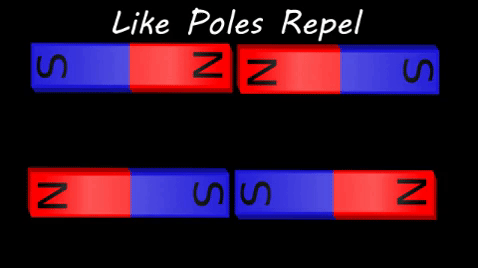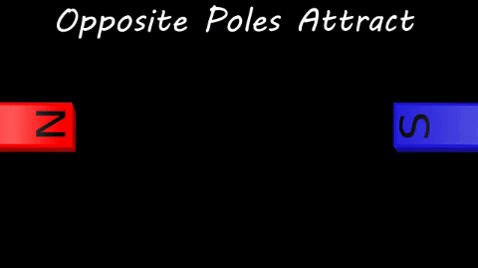Difference between revisions of "Magnetism"
| Line 16: | Line 16: | ||
|[[File:MagneticMetals.gif|center]] | |[[File:MagneticMetals.gif|center]] | ||
|- | |- | ||
| − | | | + | |[[Magnetism]] only affects these metals. |
|} | |} | ||
| − | : Magnetism can be attractive or repulsive | + | : [[Magnetism]] can be attractive or repulsive. |
| − | |||
| − | |||
| − | |||
{| class="wikitable" | {| class="wikitable" | ||
| − | |||
| − | |||
| − | |||
| − | |||
| − | |||
| − | |||
| − | |||
|[[File:MagnetRepel.gif|center]] | |[[File:MagnetRepel.gif|center]] | ||
|[[File:MagnetAttract.gif|center]] | |[[File:MagnetAttract.gif|center]] | ||
Revision as of 14:26, 31 August 2018
Key Stage 2
Meaning
Magnetism is a force that causes magnets to be attracted or repelled from one another.
- Noun: Magnetism
About Magnetism
- Magnetism is a non-contact force.
- Magnetism only affects certain materials:
- Iron
- Steel
- Cobalt
- Nickel
| Magnetism only affects these metals. |
- Magnetism can be attractive or repulsive.
| Two magnets facing North-North will repel each other and two magnets facing South-South will repel each other. | Two magnets facing North-South will attract each other. |


